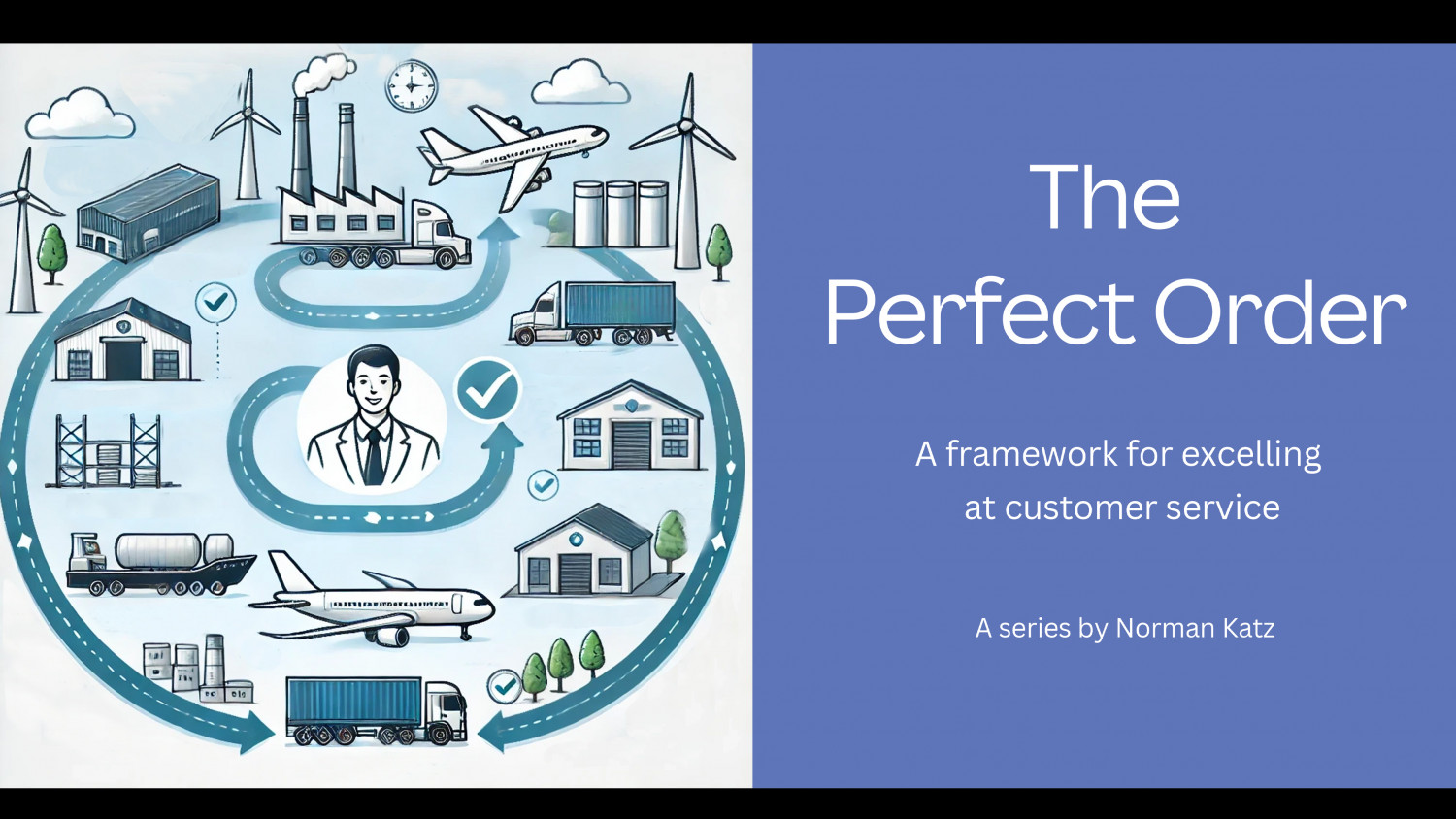Definition
An order meeting all criteria for accuracy, timeliness, completeness, and cost.
Learn more about Perfect Order
The objective of any supply chain is to achieve the Perfect Order. Doing that, though, has remained elusive. Most companies are proficient at various points in the process, but few have achieved success at each level. The Perfect Order series lays…
Electronic data interchange, or EDI, is a core technology used to enable supply chain success. The technology has been so effective that it remains in place today, even though it dates back to the 1960s.
Barcode labeling projects require that the label size, label material, adhesive, label surface, and print methodology be thoughtfully considered before any money is spent.
The Perfect Order requires the perfect customer, but who is that? Businesses must identify who the end customer is and what they want to meet expectations.
The Perfect Order includes the ability to deliver the right product to the customer.
It’s not enough to get the product itself right, we have to get the quantity right too. Like getting the product right, getting the quantity right starts before we even have a product.
Companies that make and sell a product are responsible for creating an internal identifier for each unique item. Many struggle to do that in a way that helps achieve the goal of Perfect Order.
Ensuring that the quantity is right means that there is quantity available in stock to always pick from. Overstocking means over-producing and expending too much cash. Under-producing can leave consumers wanting more.
Outsourcing a process does not mean you have outsourced responsibility. Businesses own their supply chains, so selecting the right source for materials is critical to customer success.
Whether you are receiving goods or shipping goods, getting the destination correct is a basic tenet for any business and its ultimate success.




